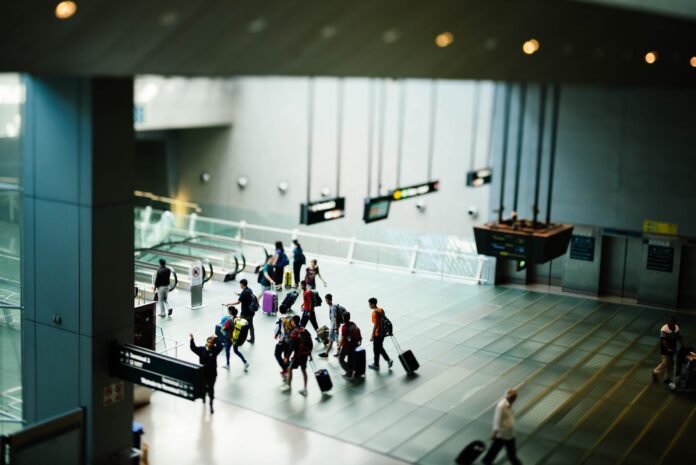The 2024 threat assessment from the Department of Homeland Security says domestic and foreign adversaries likely will continue to threaten the integrity of U.S. critical infrastructure—including the transportation sector—over the next year, in part because they perceive targeting these sectors would have cascading impacts on U.S. industries and the American way of life.
“From attacks aimed at disrupting services to espionage focused on gaining access to networks and stealing sensitive information, these actors are constantly adapting their techniques to gain access to and potentially compromise these entities,” the threat assessment states. “Domestic Violent Extremists (DVEs) increasingly called for physical attacks on critical infrastructure this year, while foreign adversaries are exploring new technologies like AI to improve their tactics.”
DHS notes that since January 2022, DVEs have conducted three fatal attacks in the Homeland resulting in 21 deaths and multiple non-lethal attacks. U.S. law enforcement has disrupted over a half dozen other DVE plots. During the same period, only one attack was conducted by an individual inspired by a foreign terrorist organization. Collectively, these incidents focused on a variety of targets, including transportation.
In the cyber realm, state and non-state cyber actors “continue to seek opportunistic access to critical infrastructure sector targets for disruptive and destructive attacks”, the threat assessment says. “Common tactics include denial-of-service, website defacement, and ransomware. Some of these actors also seek to develop or improve existing capabilities that can disrupt industrial control systems that support U.S. transportation and other sectors.”
Malicious cyber activity targeting the United States has increased since the beginning of the Russia‑Ukraine conflict, a trend DHS expects to continue throughout the duration of the conflict. “Pro‑Russia cyber criminal groups, such as Killnet, collaborate to conduct distributed denial‑of‑ service (DDoS) attacks and other potentially disruptive attacks against U.S. government systems and transportation and healthcare sectors,” the assessment continues. “Killnet claimed credit for a March 2022 DDoS attack against a U.S. airport it believed was helping U.S. efforts to aid Ukraine.”
DHS believes Russian government‑affiliated cyber espionage likely will remain a persistent threat to federal, state, and local governments, as well as entities in the defense, energy, nuclear, aviation, transportation, healthcare, education, media, and telecommunications industries.
At U.S. borders, DHS has encountered growing numbers of individuals in the Terrorist Screening Data Set (TSDS), also known as the “watchlist” attempting to cross into the United States via land, air and sea ports. “As of July, approximately 160 non-U.S. persons in the TSDS attempted to enter the United States via the southern border this year, most of whom were encountered attempting to illegally enter between land ports of entry,” the assessment says. “This represents an increase from the approximately 100 encounters in all of FY 2022.” Inclusion in the TSDS ranges from known associates of watchlisted individuals, such as family members, to individuals directly engaged in terrorist activity.
While terrorists pose an enduring threat to the Homeland, drugs kill and harm far more people in the United States annually. Criminal networks and individuals use a variety of transportation methods to traffic drugs across the border, even small unmanned aerial systems. Seizures of fentanyl alone at the southern border continue to increase throughout 2023 with U.S. Customs and Border Protection on track to seize a record amount of this deadly drug entering the United States. DHS says the Sinaloa Cartel and the New Generation Jalisco Cartel remain the primary smugglers of fentanyl and other drugs into the United States.
Transportation systems are also used for human trafficking, specifically transnational sex trafficking and forced labor. “While the DHS lacks reliable statistics on the prevalence of human trafficking, more than 10,000 trafficking situations with over 16,000 likely victims of trafficking were reported to the National Human Trafficking Hotline in 2021, the most recent year for which data is available,” the assessment states. Several airports and public transit systems have launched public awareness campaigns and host staff training to help prevent human trafficking.
The threat assessment also highlights port security as an impact of climate change and natural disasters, which could pose “acute and systemic threats to the United States, often converging with more traditional national security threats.”




